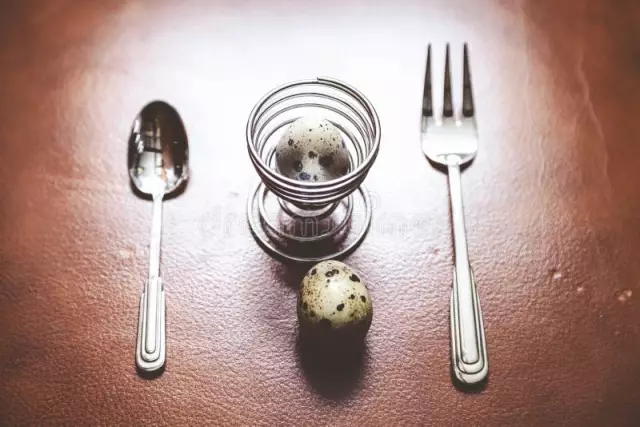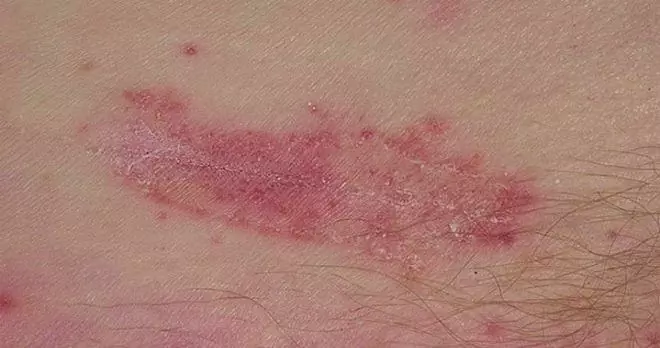- Author Rachel Wainwright [email protected].
- Public 2023-12-15 07:39.
- Last modified 2025-11-02 20:14.
Improving Skin Condition: 8 Quail Egg Masks
Quail eggs are one of the most useful dietary products that have practically no contraindications. They are recommended to be included in the diet of the elderly, children, as well as patients suffering from severe ailments. Unlike other eggs, quail eggs are completely safe: they do not need to be cooked, since they are not contaminated with salmonella.
Quail eggs are rich in substances that have a beneficial effect on the skin. It is not for nothing that well-known cosmetic companies produce creams, masks, shampoos and other products on their basis. Quail eggs have a nutritious, tonic and rejuvenating effect, practically do not cause allergic reactions. Regularly using such eggs in home cosmetology, you can not only significantly improve the condition of the facial skin, but also save on the purchase of expensive ready-made products.

Source: depositphotos.com
To refresh and tone the skin
To prepare a toning mask, 3 proteins are combined with 2 tablespoons of fresh cucumber chopped on a fine grater or in a blender. The mixture is applied to a thin cotton cloth with slits for the eyes and nose, applied to the face for 20 minutes.
For normal to dry skin
A composition for improving normal to dry skin is prepared from 3 whipped yolks, 1 teaspoon of honey and 1/2 teaspoon of oatmeal. The mask is required to be applied to the face for 15-20 minutes, then rinse off with warm water.
For oily skin
Oily skin needs drying and slight tightening. To achieve this effect, it is enough to apply protein on the face and leave for a few minutes. Then you need to apply another layer of protein, hold the mask for 15-20 minutes and remove with a swab soaked in warm water. When applying the mask, you should avoid getting protein on the delicate and thin skin around the eyes.
For drying the skin
Another remedy for drying oily skin is a mixture of 1 egg white with 2 teaspoons of white pharmaceutical clay. The mask must be thoroughly mixed, it does not contain lumps. It is applied to the face for 10-12 minutes. If there are inflamed areas on the skin, instead of white clay, it is worth using blue clay, which has a more pronounced soothing effect.
For dry and aging skin
To make a mask, 1 yolk must be combined with 2 teaspoons of olive oil or heavy cream, soaked with gauze and put on the face. The mask should be kept for 15 minutes, then washed off with warm water.
For skin nutrition
1 yolk is ground with 1 teaspoon of honey, applied to the face for 10-15 minutes. The mask works well for dry skin. For combination skin, it is better to use 1 protein, 1 teaspoon of honey, 1 tablespoon of olive oil and the same amount of low-fat cottage cheese to prepare the mixture. By replacing cottage cheese with oat flour, you can achieve not only a nutritious, but also a cleansing effect.
For skin hydration
To moisturize dry or combination skin, apply a mixture of 1 egg yolk with 2-3 tablespoons of warm milk on the face. The mask is kept for 15-20 minutes, then washed off with cool water.
For porous skin
A mixture of 1 beaten egg white and 1 teaspoon of lemon juice is recommended to unclog pores, tighten skin and reduce blackheads. The product is applied to the face in three steps, allowing the first and second layers to dry for several minutes. After the third application, the mask is kept on the face for 15 minutes and washed off with warm water.
Masks with egg yolks are recommended for nourishing and moisturizing the integument; they work well for dry skin. If the skin is oily or porous, masks based on egg whites are used, which have a tightening and drying effect, reducing the oily sheen.
When using quail eggs for cosmetic purposes, it is very important to choose the right raw materials. The product contains substances with a strong bactericidal effect, so it can be stored without spoiling for two months. When buying, it makes sense not only to familiarize yourself with the information on the packaging, but also to open the packaging itself. Quail eggs (unlike chicken eggs) do not rot if stored for too long, but dry out. You can distinguish fresh eggs from stale ones by weight: a good egg, despite its small size, is rather heavy (about 12 g), while stale eggs are too light.
YouTube video related to the article:

Maria Kulkes Medical journalist About the author
Education: First Moscow State Medical University named after I. M. Sechenov, specialty "General Medicine".
Found a mistake in the text? Select it and press Ctrl + Enter.






